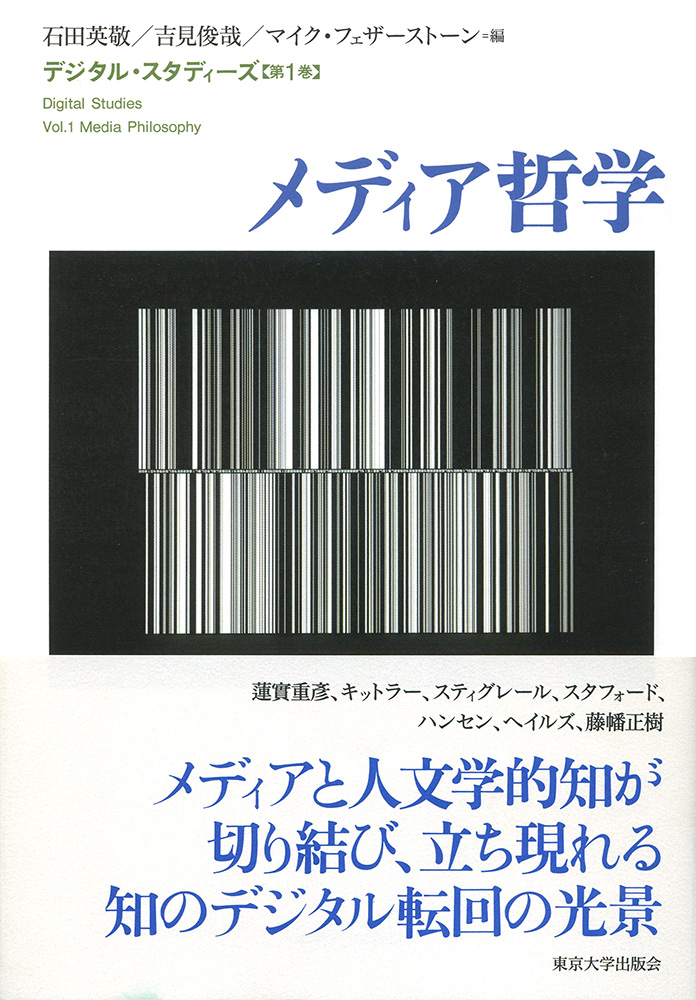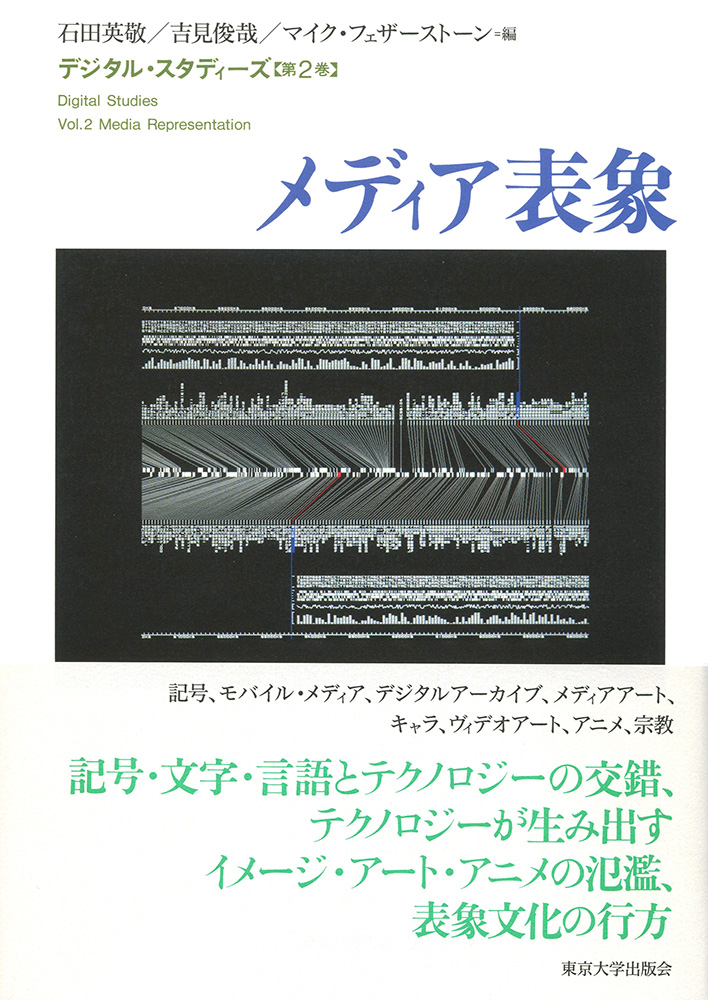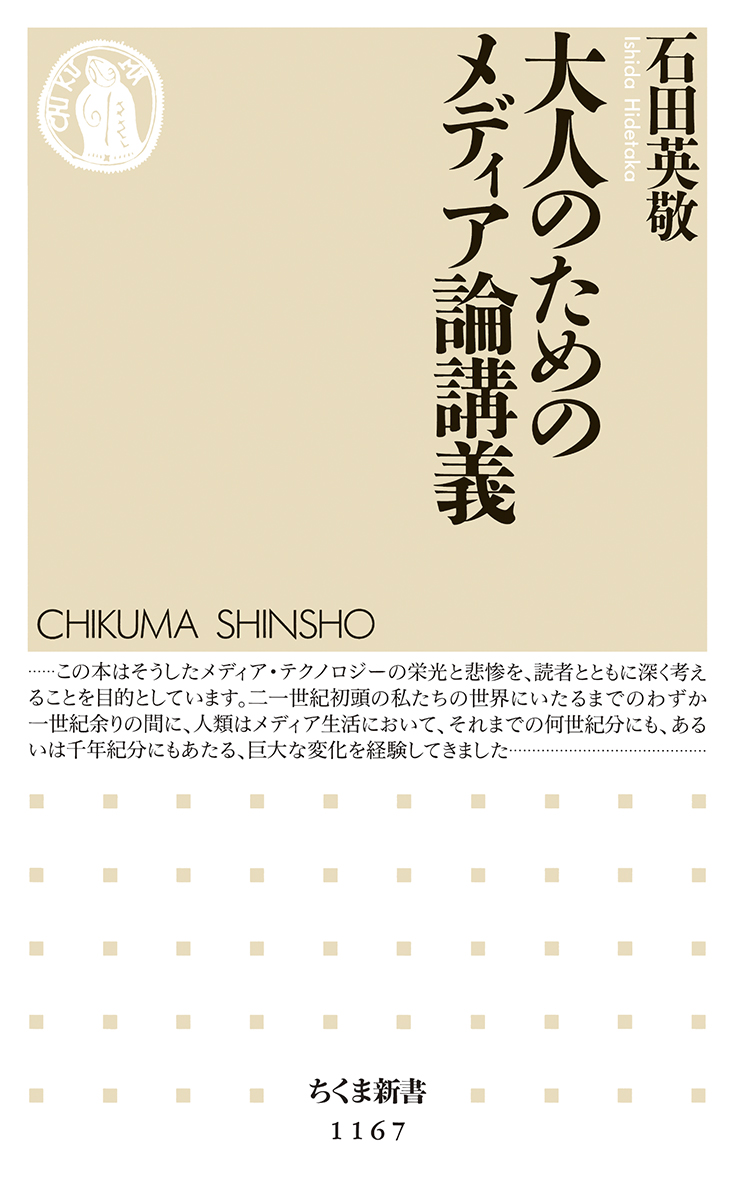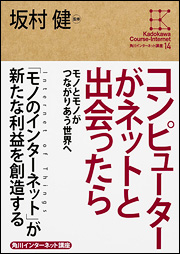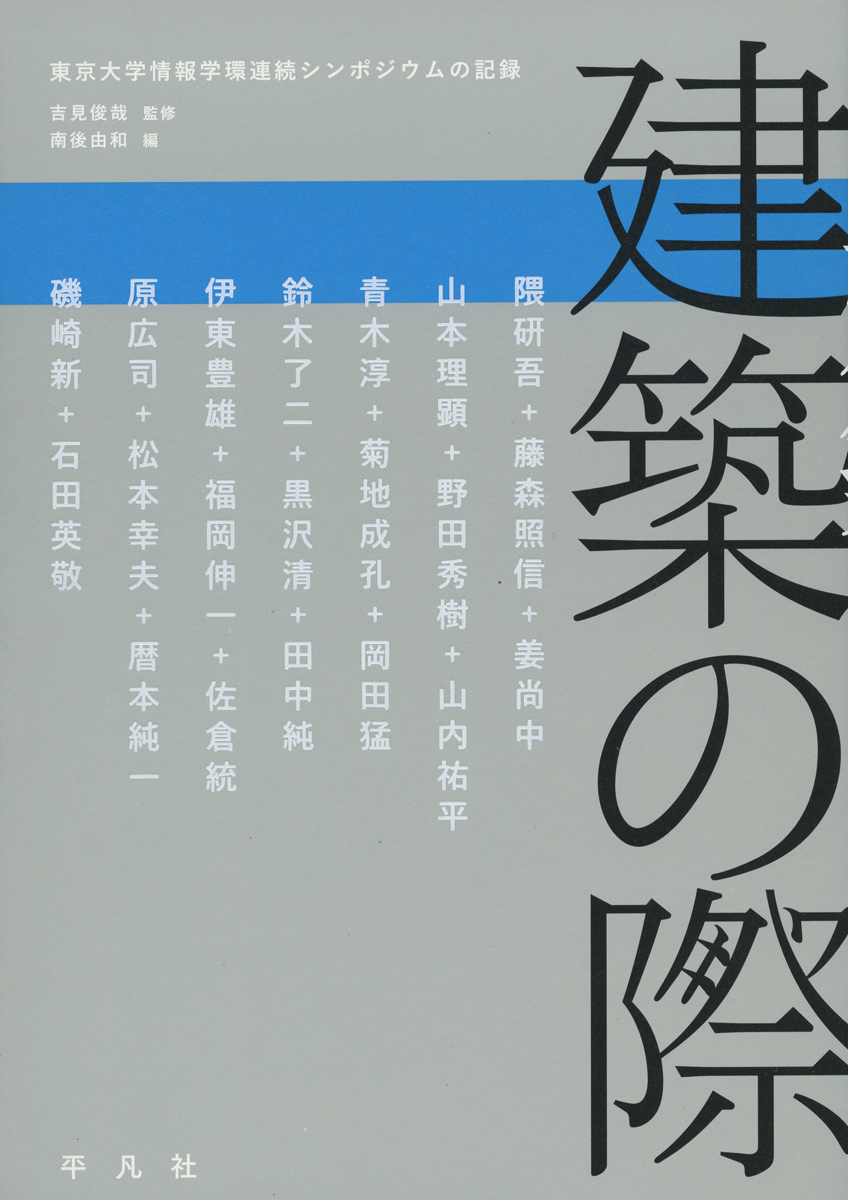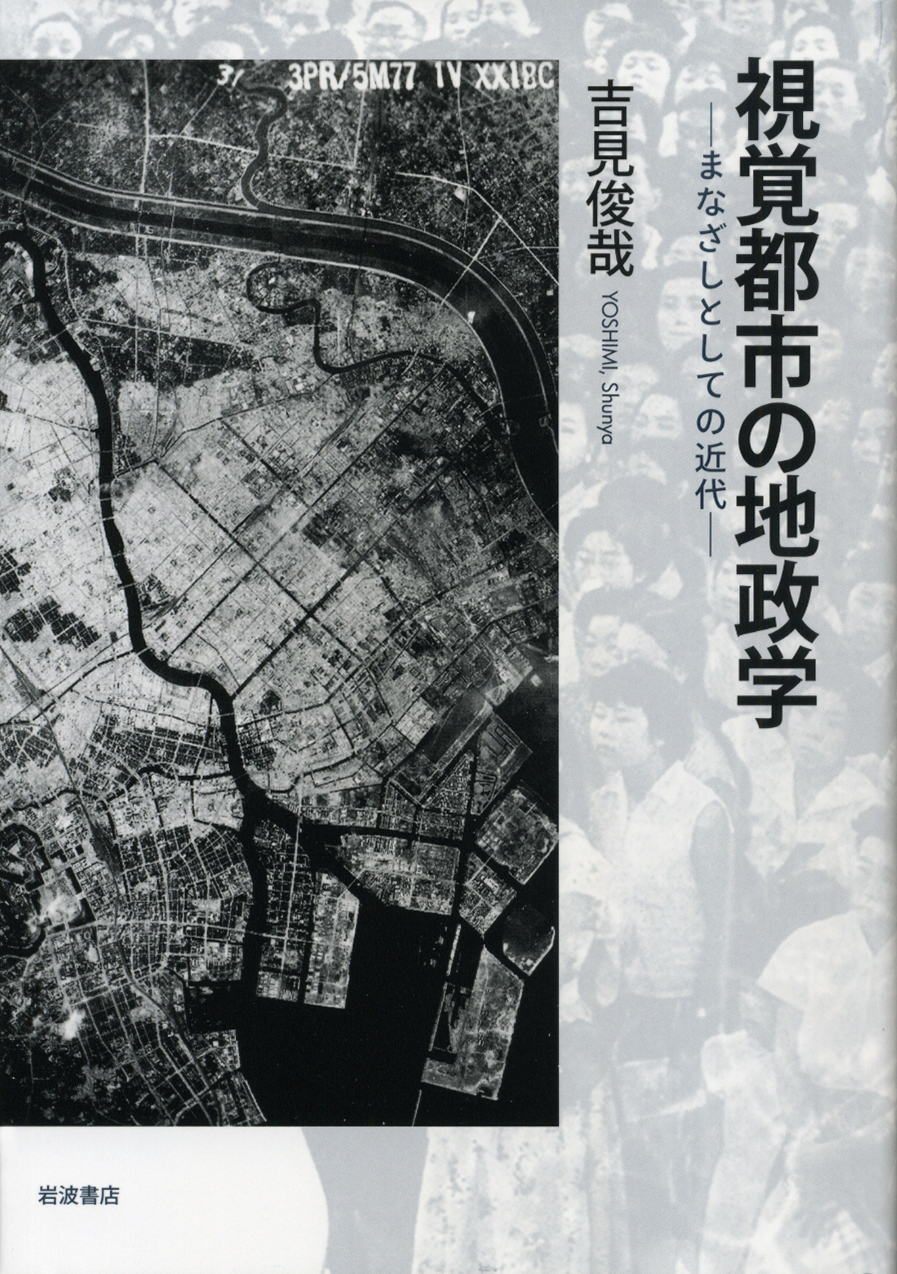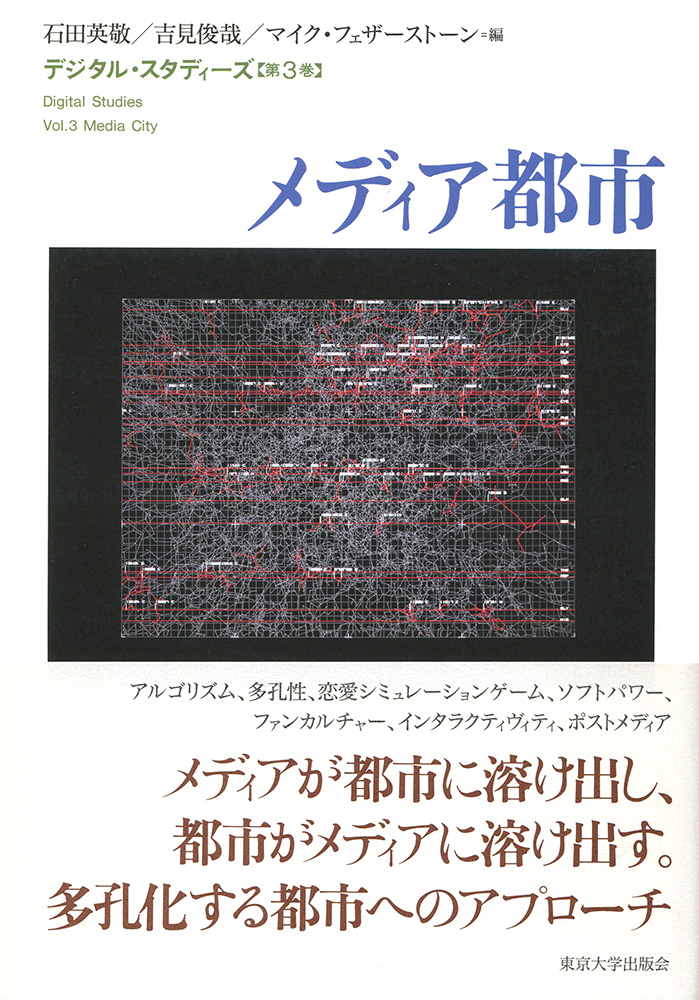
Title
Digital Studies 3 Media Toshi (Media City)
Size
364 pages, A5 format
Language
Japanese
Released
October 20, 2015
ISBN
978-4-13-014143-7
Published by
University of Tokyo Press
Book Info
See Book Availability at Library
Japanese Page
Today, the volume of digital technology in the form of digital displays—ranging from giant digital billboards on the sides of buildings to mobile terminal screens—is increasing at an explosive pace. These displays are not just scattered inside cities. More importantly, cities themselves, which are geographical and architectural spaces, are being transformed into digital spaces, increasingly blurring the boundary between media spaces and architectural spaces. What we are experiencing is not so much the infusion of various types of media into city spaces but, rather, the infusion of the city into media spaces. In many cities, as early as the start of the 20th century, different types of movie theaters, from cheap nickelodeons to glamorous grand theaters, were built in places where people gathered and eventually made their way to neighborhood shopping districts. Besides movie theaters, temporary screens were erected on school grounds and in city parks, sports arenas, and temple grounds to screen movies during special events. The intrusion of such screens into everyday landscapes pushed our gaze beyond our physical location. Since then, screens themselves have escaped the location-boundedness of movie theaters and living room televisions, becoming ubiquitous elements of cityscapes in the form of outdoor displays and countless mobile terminals. At the same time, urban buildings are being designed based on media—particularly digital media—principles rather than architectural principles. These changes have not occurred as a successive process in a step-wise fashion but, rather, are different manifestations of the changing structure of structurally-connected cities.
At the “Ubiquitous Media: Asian Transformation” international symposium held in 2007 at the University of Tokyo Interfaculty Initiative in Information Studies, which was attended by media studies theorists from around the world, numerous points of discussion related to the relationship between cities and media were brought up. In addition, many geopolitical issues related to the global capitalist context surrounding these cities were discussed. Among the topics discussed at the symposium, this book, which is the third volume of the digital series compiles articles on the relationship between cities and media and the geopolitics of global consumer culture and examines the architecture, cities, media practices, popular culture, and social movements brought about by ubiquitous digital media based on specific examples. The main theme of Parts 1 and 3 is the relationship between media technology and city space, while the main theme of Part 2 is the geopolitics of global consumer culture. Most of the articles discuss the permeation of interactive media in our everyday lives and the resulting fusion of our physical activity and media technology. The term “media city” refers to these circumstances as a whole.
(Written by Hidetaka Ishida, Professor, Interfaculty Initiative in Information Studies / 2018)



 Find a book
Find a book


